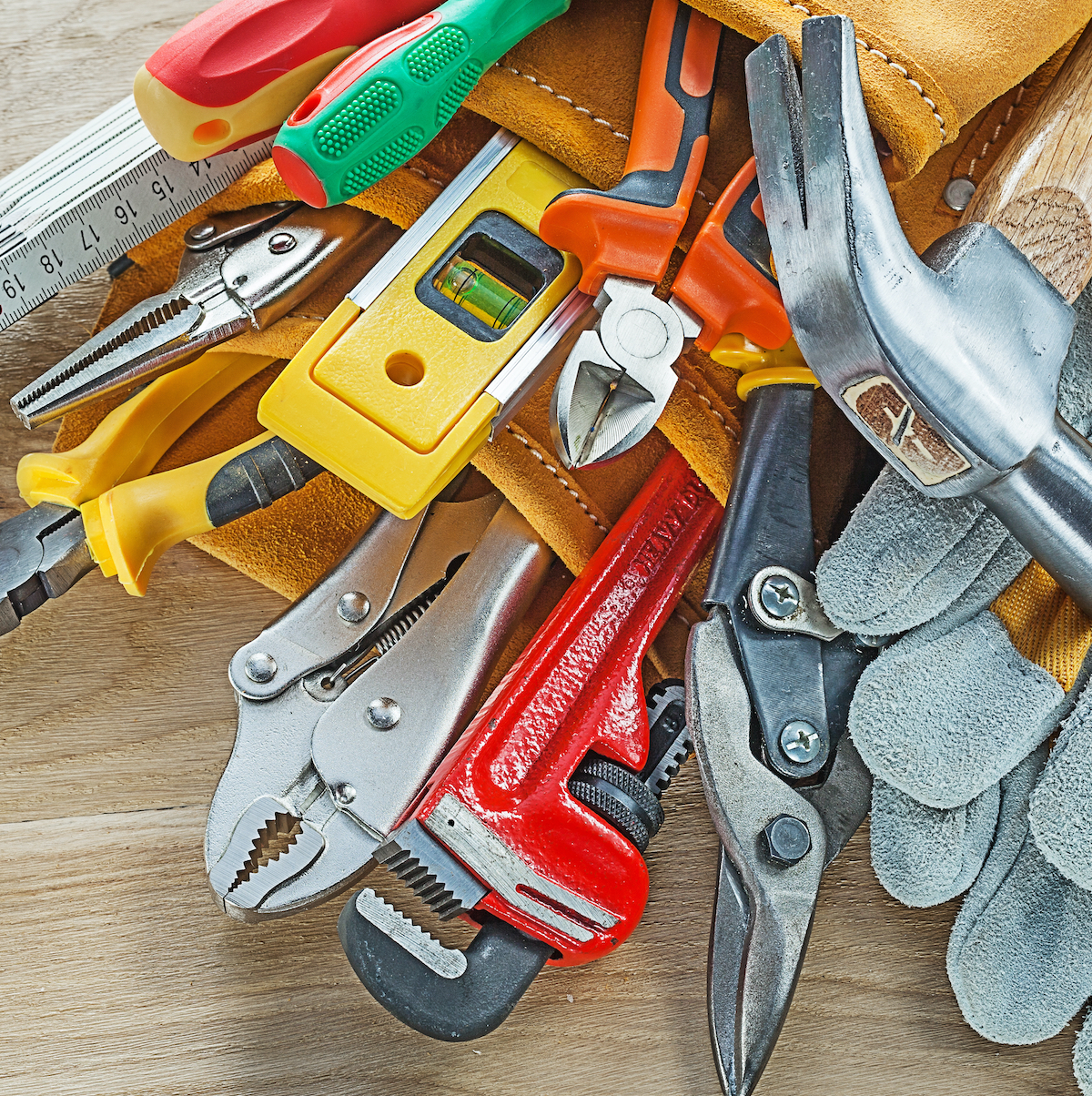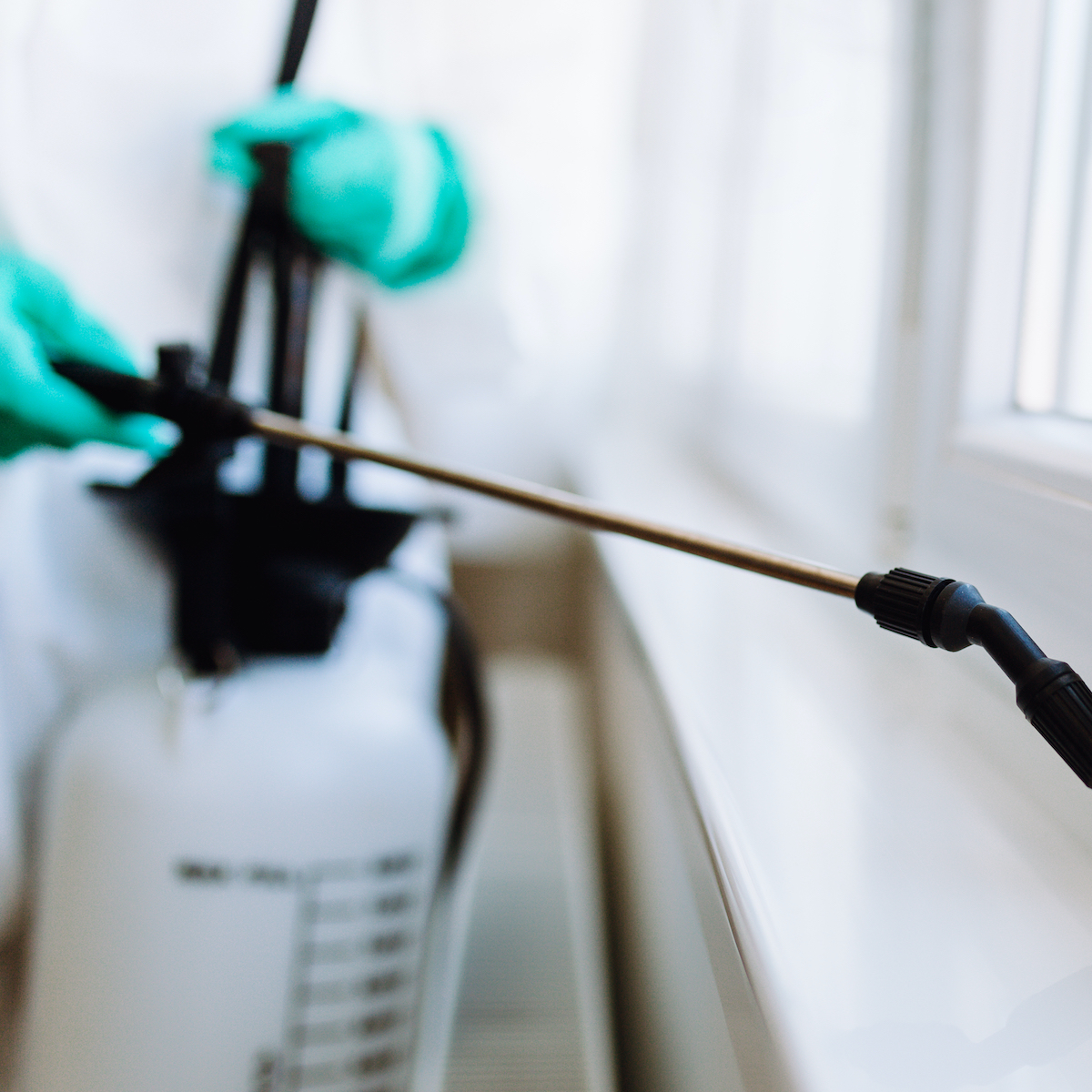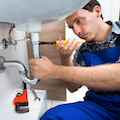You may call the National Radon Hotline (operated by the National Safety Council) for a free brochure on how to find and reduce radon in your home, and a listing of local contacts: 1.800.SOS.RADON
A Better Business Bureau Consumer Information Series Publication
What Is Radon?
Radon is a colorless, odorless, tasteless radioactive gas that comes from the natural breakdown of uranium. Radon can be found in most rocks and soils, especially those containing uranium, granite, shale, and phosphate. It may also be found in some soil that has been polluted with industrial wastes that contain byproducts from uranium or phosphate mining.
Outdoors, Radon mixes with air and is found in low concentrations that do not harm people. Indoors, however, Radon can accumulate in your home and build up to dangerous levels.
The Environmental Protection Agency (EPA) has estimated that a significant number of the homes in the United States may be affected by Radon. For this reason, the Public Health Service issued a Public Health Advisory on radon, and in conjunction with the EPA, recommended that all people with basement, first- or second-floor homes have their Radon levels measured. This information will assist you in finding out if Radon is a problem in your home and, if so, what action to take next.
Why should I be concerned about Radon?
High levels of Radon in your home can increase your risk of developing lung cancer. When radon gas naturally breaks down, it forms radioactive decay products. When you breathe air that contains high levels of radon, these Radon decay products can become trapped in your lungs. As they further break down, the decay products release small amounts of energy which can damage lung tissue and lead to lung cancer.
Radon is second to smoking as the major cause of lung cancer deaths. At higher levels in your home, the effect of Radon on your body and the risk of developing lung cancer has been compared to that of a heavy smoker.
How Does Radon Get Into A Home?
The amount of Radon in your home will depend on your home’s construction and the concentration of radon in the soil under your home. Because Radon is a gas, it can move through small spaces in the soil and rock on which a home is built.
Radon can enter a home through dirt floors, cracks in concrete floors and walls, floor drains, sumps, joints where the wall and floor meet, and tiny cracks or pores in hollow-block walls. Radon can also enter water in private wells and is freed when the water is used. Once it enters the home, radon collects in the air and may then pose a health risk.
Testing for Radon In Your Home
You can test Radon levels in your home by getting a radon detector kit, available in many stores. Under certain circumstances, some states will even provide free Radon detector kits to its residents under certain conditions.
Two easy methods to test for Radon involve a charcoal canister or an alpha track detector. Their cost ranges from $15 to $40. Either type of Radon detector is left in your home at the lowest livable area, such as a basement, since Radon usually comes from the underlying soil.
Windows and doors are closed for at least twelve hours before starting the test and kept closed as much as possible during the test. In addition, exhaust fans should be turned off. Because of this requirement, it may be easier to do the test in cooler months when doors and windows are normally closed.
After the specified time period (charcoal canisters, three to seven days; alpha track detectors, two to four weeks), the detector is carefully sealed and sent to a laboratory, designated in the instructions, for analysis. It usually takes the lab one to two weeks to return the results.
Whichever kit you choose, make sure it is one that has been tested for accuracy by the EPA. Call your state radiation protection office to check if the company is listed in the EPA’s Radon Measurement Proficiency Program.
What Your Results Indicate
After you receive the results of your first screening test, you can decide whether further action is needed. Because your home is closed off as much as possible, the initial screening is designed to measure the maximum concentration to which you may be exposed.
The laboratory will report your radon levels in “picocuries per liter” (pCi/l). Pico means one-trillionth and a Curie is a unit of measure.
The EPA suggest the following:
- If the short-term test result is equal to or greater than 4 pCi/l, conduct a follow-up measurement in the same location using either a long-term or short-term test device.
- If the test result is greater than 10 pCi/l, use a short-term follow-up test.
- If two short-term measurements are made, then mitigate if the average of the two results is at or above 4 pCi/l.
- If a long-term follow-up measurement is made, then mitigate if the long-term test result is above 4 pCi/l.
Although the first screening is important, one test does not give an average radon level to which you may be exposed. The radon level in your home may change from season to season, as well as from room to room. As a result, one test may only indicate a potential problem.
Short-Term Steps to reduce Radon
If your initial measurement is at or above 10 pCi/l, the EPA recommends the following steps to immediately reduce your risk from exposure to radon:
- Stop smoking and discourage smoking in your home.
- Spend less time in areas with higher concentrations of radon, such as the basement.
- If your home has a crawl space underneath it, keep the crawl space vents on all sides of the house fully open all year.
The above steps may reduce your immediate risk from radon but do not offer a long-term solution if you have a serious problem. However, before considering any major changes to your home, the EPA recommends that you conduct follow-up tests in your home and contact your state radiation protection office for any advice or assistance it might be able to provide.
Choosing A Radon reduction contractor
If someone says they use a Geiger counter to give you Radon results, be wary. Geiger counters cannot test the radon level in your home.
Some local or state areas require that door-to-door solicitors have a license to do business. Check with your local business license office.
Many homeowners are able to install simple measures to reduce radon levels. Your state radiation protection office or regional EPA office should be able to provide you with this information.
However, you may decide that you need a professional contractor to handle Radon reduction or mitigation techniques in your home.
Because there may be a significant amount of money involved in correcting high radon levels in your home, you should carefully select a contractor.
Many state radon protection offices will offer a list of contractors doing Radon mitigation work, although they usually do not endorse any contractor or company. Some states have certification programs for Radon measurement and mitigation.
The EPA has a voluntary Radon Contractors Proficiency Program that trains and tests individuals in reducing indoor radon levels. You can contact your state Radon protection office for a current list.
Be sure to check the name of any contractor that approaches you at your home with the names on this list. Getting a second opinion from another contractor may help you decide if the first estimate is reasonable.
It is important that you ask the contractor of your choice for a written estimate, as well as what work will be done. Make sure than any guarantees are in writing.
State Laws
Some states require that any company offering to screen for Radon must have shown their ability in testing for Radon. Companies may do this by attending certain programs sponsored by the EPA. You should check with your state radiation protection office for any applicable laws in your state.
Mitigation Methods
Radon levels in houses can be reduced by four methods:
- Preventing the Radon gas from getting into the home;
- Ventilating the air containing radon and its decay products from the home;
- Removing the source of the Radon; and
- Removing Radon and its decay products from the indoor air.
Fixing a Radon problem can range from simple and inexpensive methods to complex and expensive ones.
Forced ventilation, using a fan or fans, can also be used to control the air flow in your home. The same disadvantages apply as those discussed when opening windows with the added cost of the fan(s).
In heat recovery ventilation, the indoor air is replaced with outdoor air. In the winter, the outdoor air coming into the house is warmed by the heat in the air being exhausted from the house. In warm weather, the process is reversed so outdoor air coming into the home is cooled.
Another type of Radon mitigation involves sub-slab depressurization. This procedure generally uses a 4-inch plastic pipe to ventilate the soil under the home. By creating an alternate route for Radon to flow around the structure, Radon levels can be significantly reduced below 4 pCi/l even from Radon levels as high as several hundred pCi/l.
Tips To Remember
When purchasing a new home, it is a good idea to have a Radon test done as part of your home inspection.
- It is also a good idea to know a little about the various solutions to reduce Radon levels so that you can better deal with your contractor.
- Ask how long the contractor has been in business. Radon testing is relatively new. The contractor may not have a long track record but should have some experience in Radon detection, measurement and reduction.
- Any corrective measure taken to reduce Radon levels in your home should always be followed up by further testing to make sure that the Radon levels have been reduced.
- For additional information, contact your regional EPA office, or your state radiation protection office.









































